Medication Metabolism Checker
How This Tool Works
Select a medication from the dropdown below to see how your genes might affect how it works in your body. This tool shows common genetic variants that affect drug metabolism and their potential impact.
Select a medication to see how your genes might affect it.
Ever taken a pill and felt like it just didn’t work-or worse, made you feel worse? You’re not alone. For many people, the same dose of a medication that helps one person causes side effects or does nothing at all in another. The reason isn’t always about diet, lifestyle, or adherence. Sometimes, it’s written in your DNA.
Why Your Genes Control How Drugs Work
Your body doesn’t treat every drug the same way. What happens after you swallow a pill depends heavily on how your liver breaks it down, how your cells absorb it, and how your body responds to it. These processes are guided by enzymes and proteins made from your genes. When those genes vary slightly from person to person-something called genetic variation-it changes how drugs behave in your body. This field is called pharmacogenomics. It’s not science fiction. It’s real medicine being used today in hospitals and clinics across the U.S., Australia, and Europe. The goal? To match the right drug, at the right dose, to the right person-based on their genes. Around 70% of serious drug reactions are preventable. That’s not a guess. It’s from the CDC. And a big chunk of those reactions happen because doctors don’t know how a patient’s genes will handle the medicine. For example, one in five people carry a gene variant that makes them slow at breaking down common antidepressants. They get dizzy, nauseous, or worse-even at normal doses. Others are ultra-fast metabolizers. Their bodies clear the drug so quickly that it never reaches therapeutic levels. They’re told the medication “doesn’t work,” when really, their genes are working too well.The Enzymes That Decide Your Drug Fate
The most important players in drug metabolism are the cytochrome P450 enzymes. They’re like molecular scissors that chop up medications so your body can get rid of them. The most critical ones are CYP2D6, CYP2C19, CYP2C9, and CYP3A4. Together, they handle about 70-80% of all prescription drugs. Take CYP2D6. It processes one in four medications you’ll ever take: antidepressants like fluoxetine and sertraline, painkillers like codeine and tramadol, and beta-blockers like metoprolol. But here’s the catch: people fall into four categories based on their CYP2D6 genes:- Poor metabolizers: Can’t break down the drug at all. Drugs build up. Risk of overdose.
- Intermediate metabolizers: Break down drugs slowly. May need lower doses.
- Normal metabolizers: Standard response. Most people fall here.
- Ultra-rapid metabolizers: Break down drugs too fast. Medication doesn’t last. May need higher or more frequent doses.
When Genetic Testing Saves Lives
Some drugs are so risky that genetic testing isn’t optional-it’s life-saving. Take 5-fluorouracil (5-FU), a chemotherapy drug. About 0.2% of people have a mutation in the DPYD gene. Without testing, they get hit with near-fatal toxicity: severe diarrhea, mouth sores, low blood counts. The death rate is over 50% if not caught early. But if you test for DPYD first? That risk drops to near zero. In the UK, testing for DPYD before chemo is now standard. In the U.S., it’s still not universal-but it should be. Another example is thiopurines, used for leukemia and autoimmune diseases. A variant in the TPMT gene means your body can’t handle the drug. It builds up and destroys your bone marrow. Testing for TPMT before starting treatment prevents this. It’s been standard in pediatric oncology for over a decade. And it’s not just cancer. Warfarin, the old-school blood thinner, is tricky to dose. Too little, and you clot. Too much, and you bleed. But if you test for two genes-CYP2C9 and VKORC1-you can get the right dose on day one instead of weeks of blood tests and guesswork. One study showed this cuts major bleeding in the first month by 31%.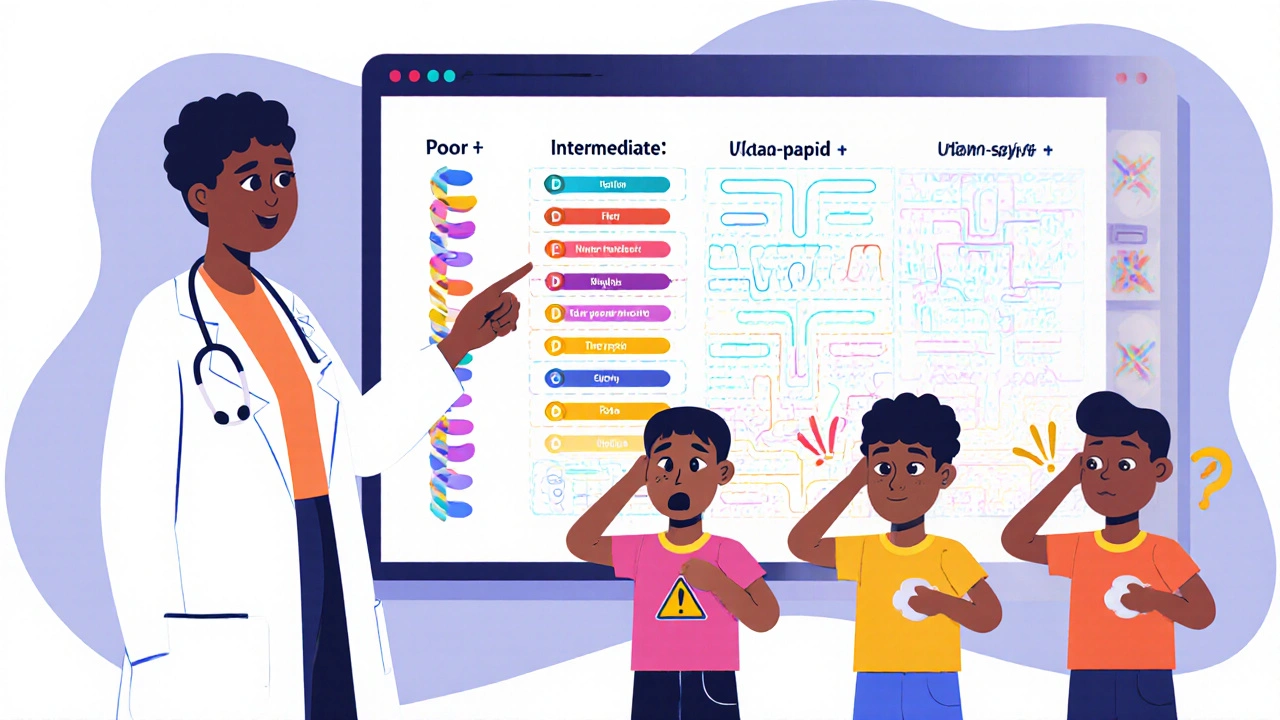
What About Antidepressants?
Mental health is where pharmacogenomics is making some of the biggest differences. Up to 60% of people don’t respond to their first antidepressant. Often, it’s not because they’re “non-compliant” or their depression is “treatment-resistant.” It’s because their genes won’t let the drug work. A 2022 study in JAMA followed 1,838 patients on antidepressants. Half got standard care. The other half had their genes tested. Those who got gene-guided treatment were 27% more likely to go into remission. Side effects dropped by nearly 30%. One patient in the study told her doctor: “I tried five SSRIs. None worked. My test said I’m a poor CYP2D6 metabolizer. My doctor switched me to bupropion. For the first time in 10 years, I woke up without dread.” Genes like CYP2D6, CYP2C19, and SLC6A4 all influence how antidepressants are processed or how brain receptors respond. Testing can tell you which drugs to avoid and which ones to try first. It doesn’t guarantee success-but it removes a lot of the guessing.The Downsides: Cost, Access, and Bias
Pharmacogenomics isn’t perfect. And it’s not for everyone. First, cost. A full gene panel can run $250-$500 in the U.S. Insurance doesn’t always cover it. In Australia, Medicare doesn’t subsidize most PGx tests yet. Some private insurers will pay if your doctor proves medical necessity-but the paperwork can take weeks. Second, access. Most testing happens in big hospitals or academic centers. Rural clinics and smaller practices rarely have the tools or training. Even if you get tested, your doctor might not know what to do with the results. A 2023 survey found nearly half of doctors felt unprepared to interpret PGx reports. And then there’s the biggest problem: bias. Over 90% of the research on gene-drug interactions has been done in people of European descent. That means the guidelines we use today were built mostly on white populations. But gene variants differ across ethnic groups. For example, the CYP2C19 poor metabolizer variant is found in 15-20% of East Asians, but only 2-5% of Europeans. If we use the same dosing rules everywhere, we risk underdosing or overdosing non-European patients. The NIH is now funding $190 million to fix this. Projects like IGNITE Phase IV aim to collect genetic data from diverse populations. But until then, doctors need to be extra careful when applying PGx guidelines to patients of African, Asian, Indigenous, or Hispanic ancestry.How to Get Started
If you’ve had bad reactions to medications, or if you’ve tried several drugs without success, pharmacogenomics might help. Here’s how to move forward:- Ask your doctor if PGx testing is right for you-especially if you’re on antidepressants, blood thinners, chemotherapy, or pain meds.
- Find out if your provider uses a PGx service. Many hospitals now offer pre-emptive testing (done once, results stored for life).
- If your doctor doesn’t offer it, ask about direct-to-consumer tests like 23andMe (which now includes reports for 7 medications) or clinical labs like OneOme or GeneSight.
- Make sure the test includes at least CYP2D6, CYP2C19, CYP2C9, and TPMT. More genes are better, but these four cover the most critical drugs.
- Bring the report to your pharmacist. They’re often the best person to interpret it and adjust your meds safely.

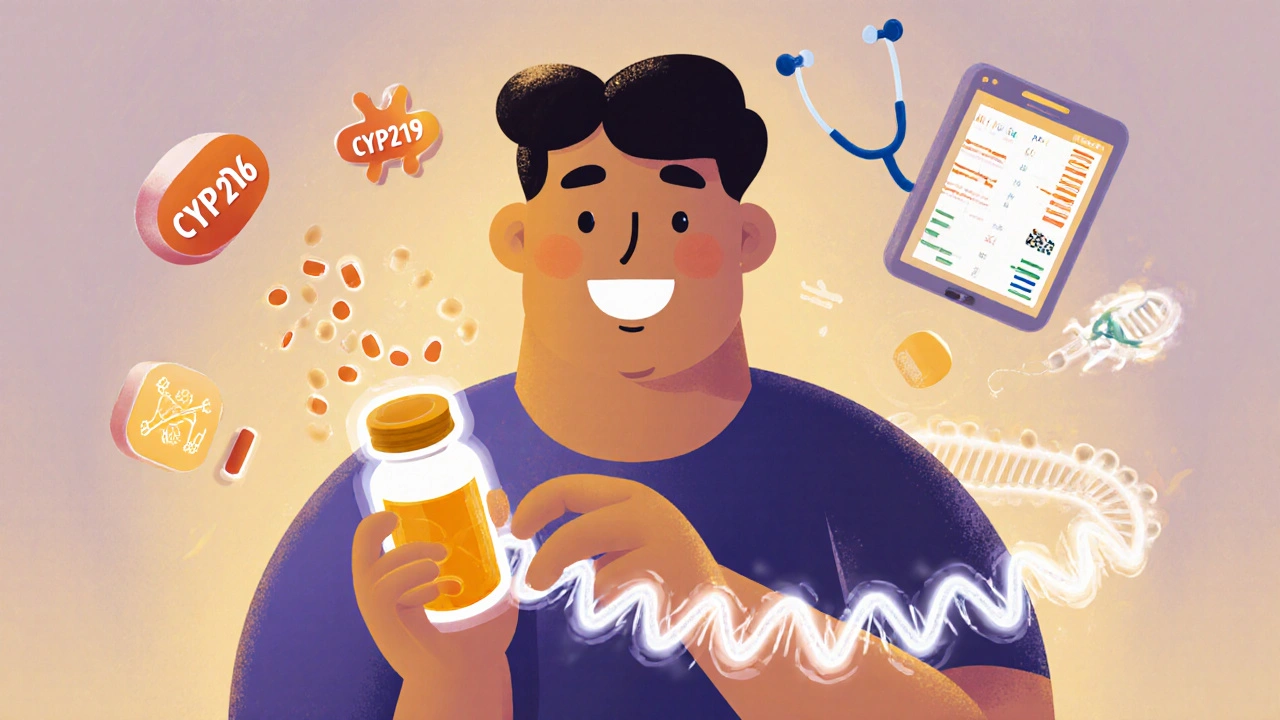

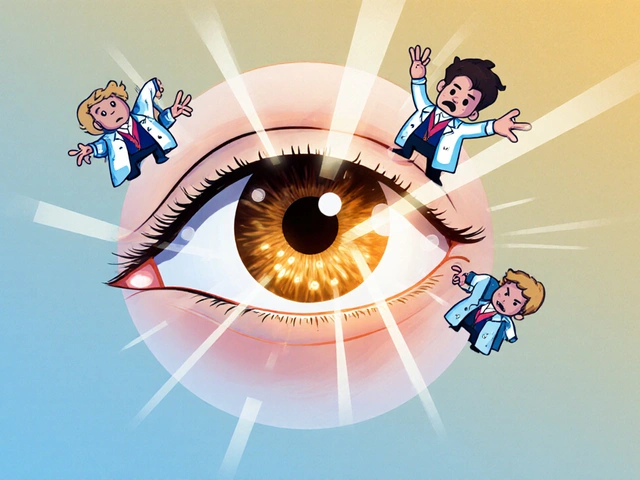
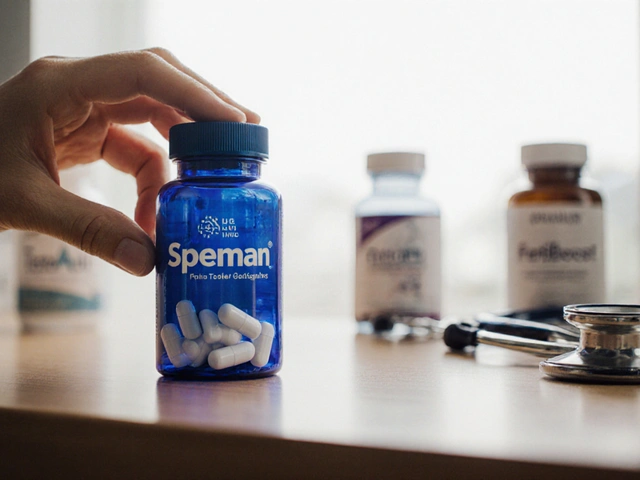
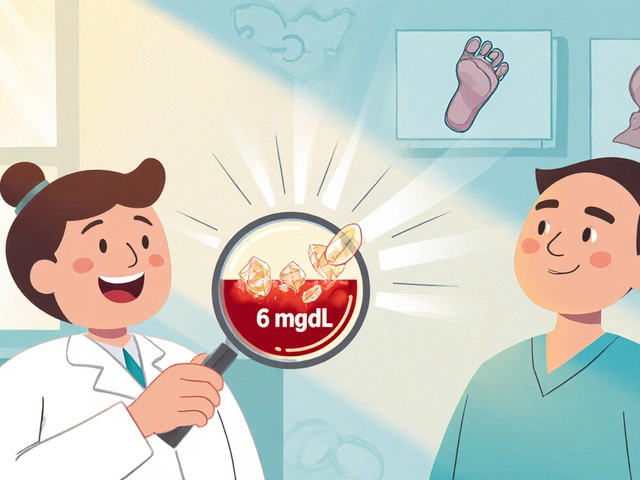
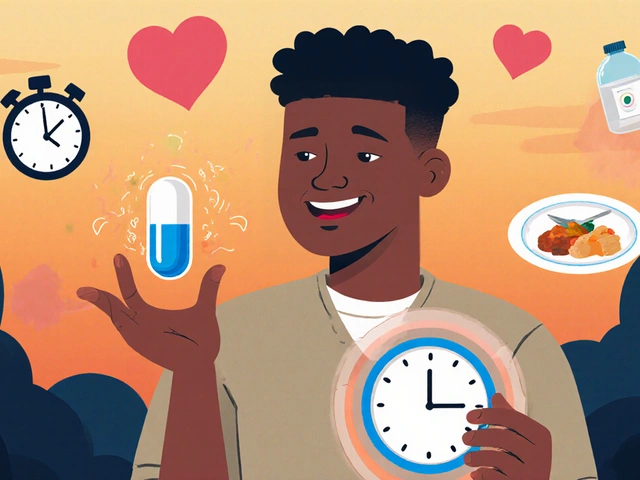
Comments(12)